Installing solar panels on a roof is an efficient way to harness renewable energy while minimizing your carbon footprint. Pitched slate or tile roofs are often utilised for Solar PV due to the installation being relatively straight forward thanks to the small and segmented nature of the roof covering, making it easy to remove small sections of the roof covering and combined with a good number of pitched roof fixing products on the market.
Flat roofs offer another very good opportunity for solar PV, however fixing to the structure become much more critical and the importance of making sure that the roof remains watertight becomes a top priority. To overcome this, ballasted systems are often used, however adding weight to the roof structure is not always an option, and can lead to negative impacts on the structure and other elements of the waterproofing system, such as insulation and warranty etc.
There has been a steady increase in GRP covered roofs being used for both the new build and refurbishment markets and often there are questions around how best to secure the solar PV. There are some challenges that need to be taken account of;
1. GRP provides a relatively hard, smooth surface with a low co-efficient of friction meaning that in wet windy weather, a ballast only array is more likely to move, potentially causing damage to the roof, the solar array and possibly more.
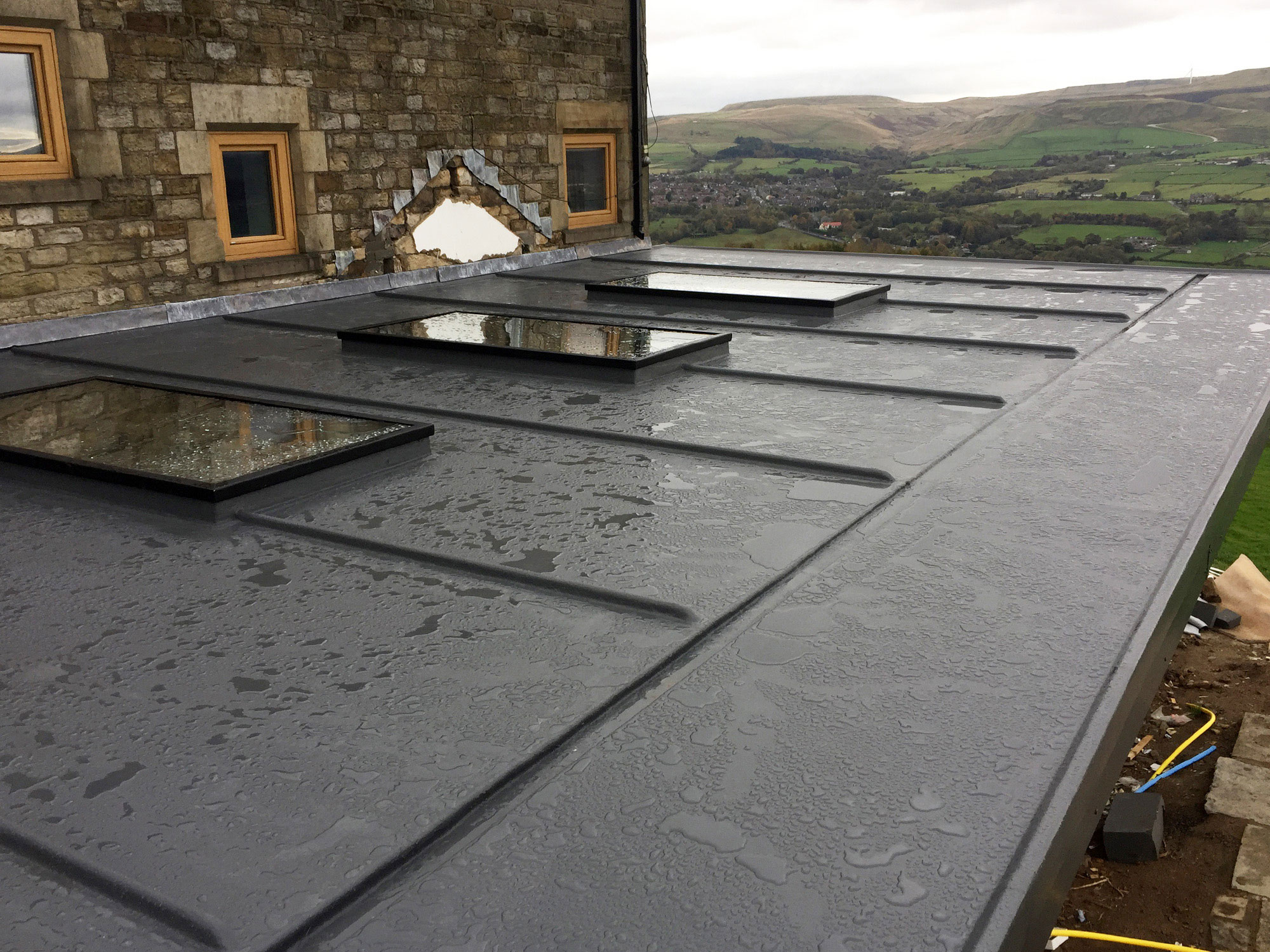
2. Extra ballast can cause the roof to settle or move over time – GRP needs a stable substrate, and any movement can cause the GRP to crack resulting in water ingress.
3. A mechanically fixed array answers the problems above but the challenge is how to make that fixing whilst providing a long term watertight connection to the structure.
In this guide, we’ll you will be walked through the step-by-step process of securely fixing solar panels to GRP roofs using the ROOFTRAK IFP-GRP
Step 1: Assessing the Roof Before you begin, assess the condition of your GRP roof to ensure it is structurally sound and capable of supporting the weight of solar panels. Check for any damage or weak spots that may need to be addressed before installation.
Step 2: Plan the Layout to decide on the optimal placement for your solar panels based on factors such as sunlight exposure and aesthetic preferences.
Step 3: The ROOFTRAK IFP-GRP can be retro-fitted to existing GRP roofs or they can be installed at the same time as the roofing is fitted.
Step 4: Once the location of the IFP-GRPs is set out on the roof the IFP units can be fitted. If the roof covering is an existing GRP roof, or has been already laid, the surface area around the new fitting needs to be abraded to remove any existing wear coat and to ensure a good key. The area to be prepared should be min 100mm bigger than the IFP-GRP fixing plate to all sides.
Step 5: The IFPs can then be fixed back to the substrate boarding. Nicholson can advise and supply the correct fixing as necessary.
Step 6: To the edges of the IFP-GRP plate a 25mm wide tape should be applied to create a debonded strip. This helps to avoid any potential cracking at this junction.
Step 7: Apply new GRP base coat covering, extending from the prepared area of the existing GRP roof, onto the IFP-GRP plate. The GRP liquid should cover over the whole plate and extend up to the stainless steel connection ‘puck’ in the centre of the plate. Ensure this layer is well bonded to the whole GRP covered plate. Take care not to let any of the GRP liquid go down the threaded hole in the middle of the IFP-GRP.
Step 8: Finally apply the top wear coat, again making sure the whole area is covered and sealed. Once this coat has cured, a suitable mastic seal can be applied to the edge of the connection ‘puck’ to help ensure water does not sit in this joint.
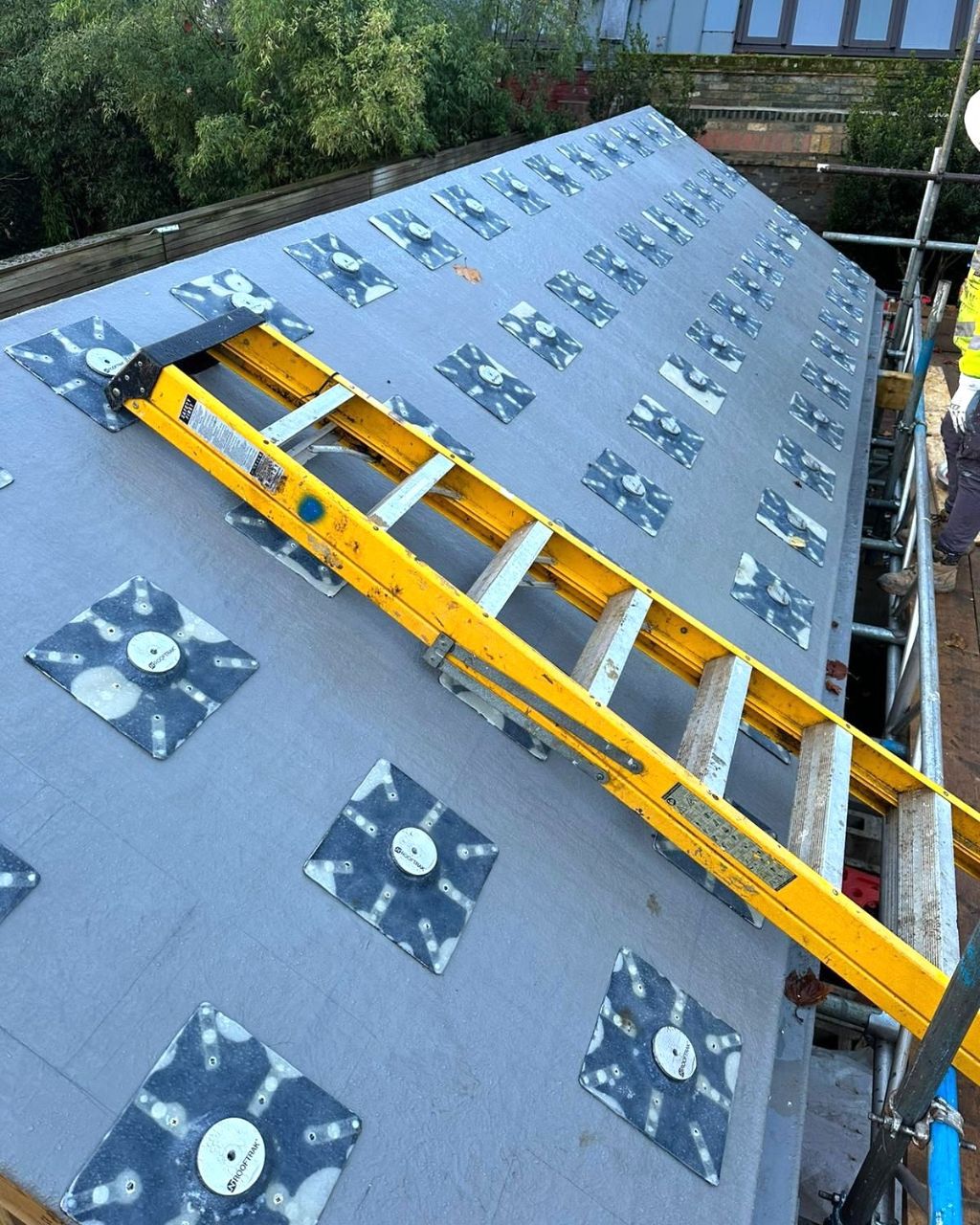
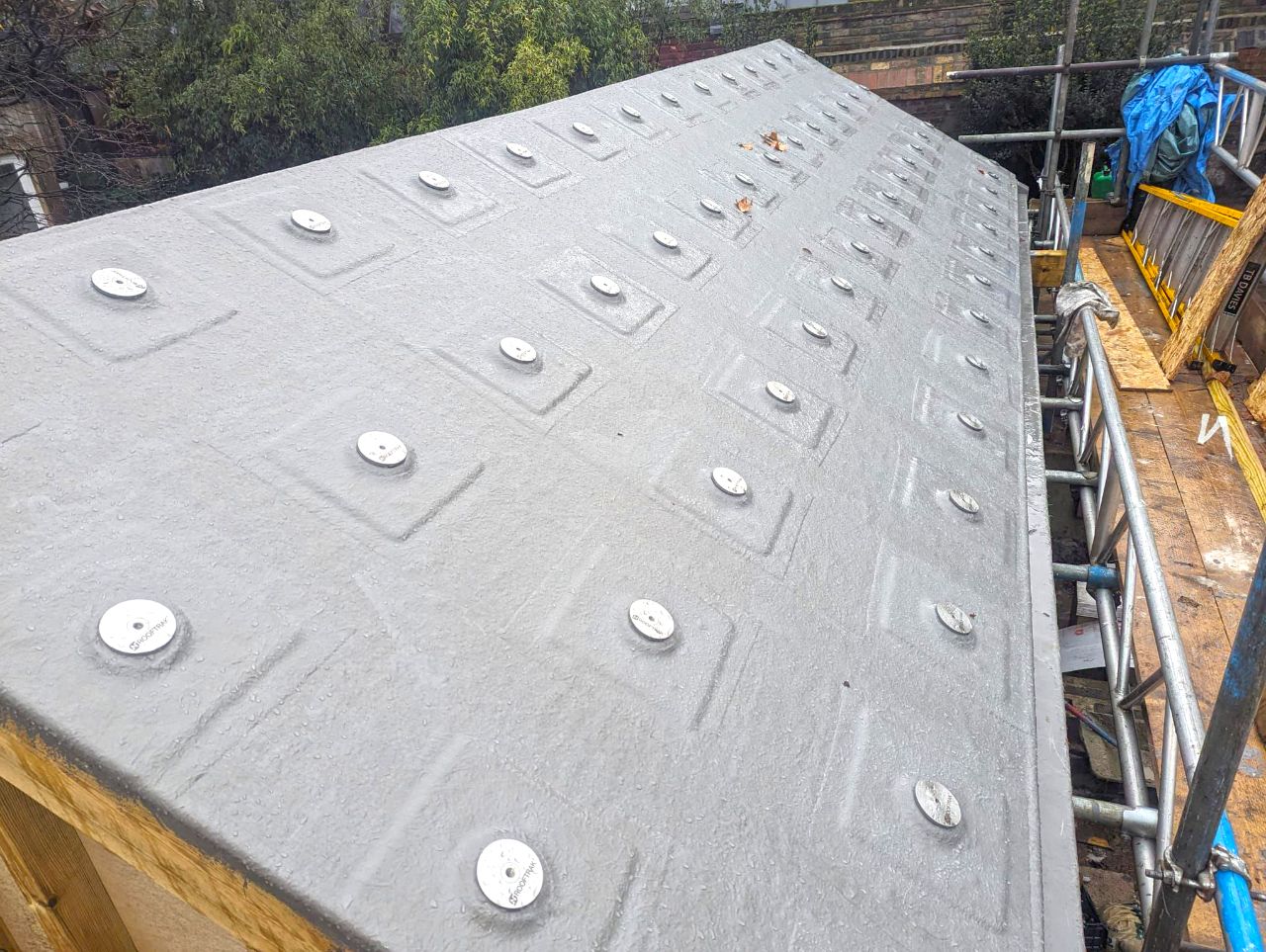
Once these steps have been completed the IFP-GRP provides a series of M10 threaded connection points to which you can bolt the solar support array of your choice. The IFP-RP is compatible with virtually all solar rail manufacturers.
By following these steps, you can effectively fix solar panels to GRP roofs, enabling you to harness clean, renewable energy for your home or business. Regular maintenance and monitoring of your solar panel system will ensure optimal performance and longevity, allowing you to enjoy the benefits of solar energy for years to come.
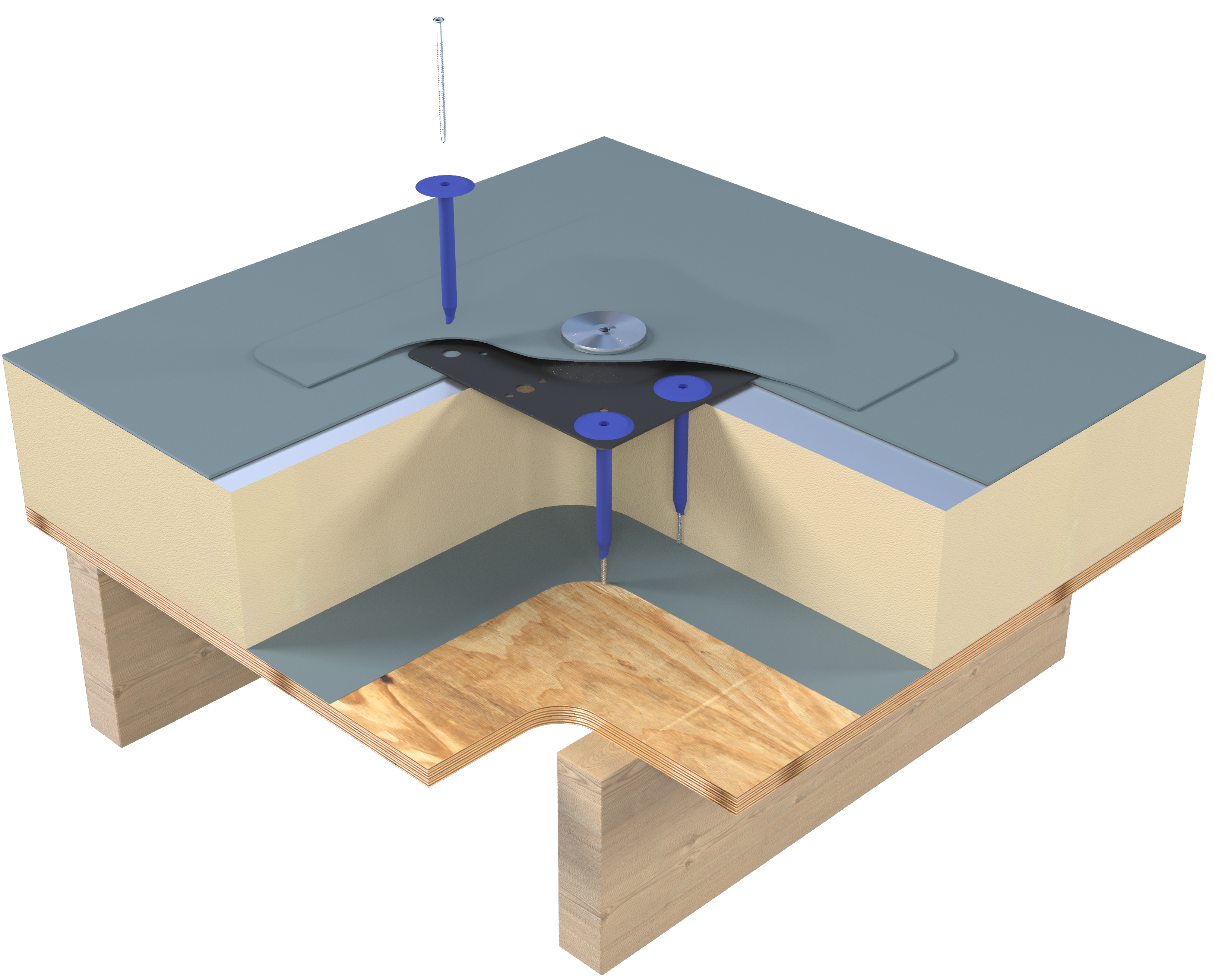

The ROOFTRAK-IFP Integrated Fixing Point system has been developed specifically around the challenging scenario of providing a connection to the building structure whilst maintaining 100% integrity of the weathering membrane. There are different fittings available to provide for most types of roof construction and the IFP system is compatible with all roofing membranes.
